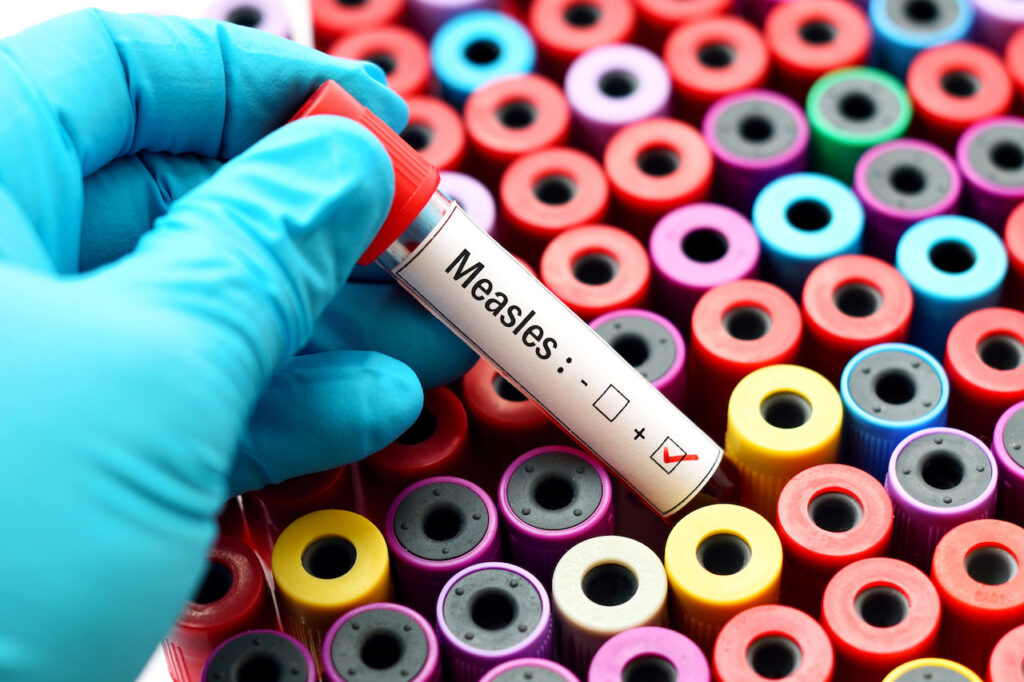There have been 30,601 confirmed cases of measles in Europe and Central Asia between January and 5 December 2023, up from 909 throughout 2022, marking a 3266 per cent increase in cases of the vaccine-preventable disease, warns UNICEF.
Data also point to a more recent worsening trend as the rate of measles cases in Europe and Central Asia nearly doubled between October and November 2023. Cases in the region are expected to rise further due to gaps in immunity.
“There is no clearer sign of a breakdown in immunisation coverage than an increase in cases of measles. Such a dramatic increase requires urgent attention and public health measures to protect children from this dangerous and deadly disease,” said Regina De Dominicis, UNICEF Regional Director for Europe and Central Asia.
Measles has a devastating effect on children’s health, with sometimes fatal consequences. It causes long-lasting weakening of children’s immune systems, making them more vulnerable to other infectious diseases including pneumonia.
The highest rate of measles cases is reported in Kazakhstan with 69 cases per 100,000 population, amounting to 13,254 cases, according to latest available data. Kyrgyzstan has the second highest rate of measles cases with 58 cases per 100,000 population, amounting to 3,811 cases. Romania, which announced last week a national measles outbreak, has a reported rate of 9.6 cases per 100,000, amount to 1,855 cases.
The increase in measles cases is attributable to a decrease in immunisation coverage across the region. A decrease in vaccine demand – in part fuelled by misinformation and mistrust which worsened during and following the COVID-19 pandemic, disruption to health services and weak primary health care systems are some of the contributing factors.
Latest data show that an estimated 931,000 children in Europe and Central Asia missed out entirely or partially on routine immunization from 2019 to 2021. In Europe and Central Asia, the immunisation rate of the first dose against measles dropped from 96 per cent in 2019 to 93 per cent in 2022. As these children pass the age when vaccines are routinely given, it requires a dedicated effort to ensure that they catch up with their vaccinations.
Source: AKI Press


